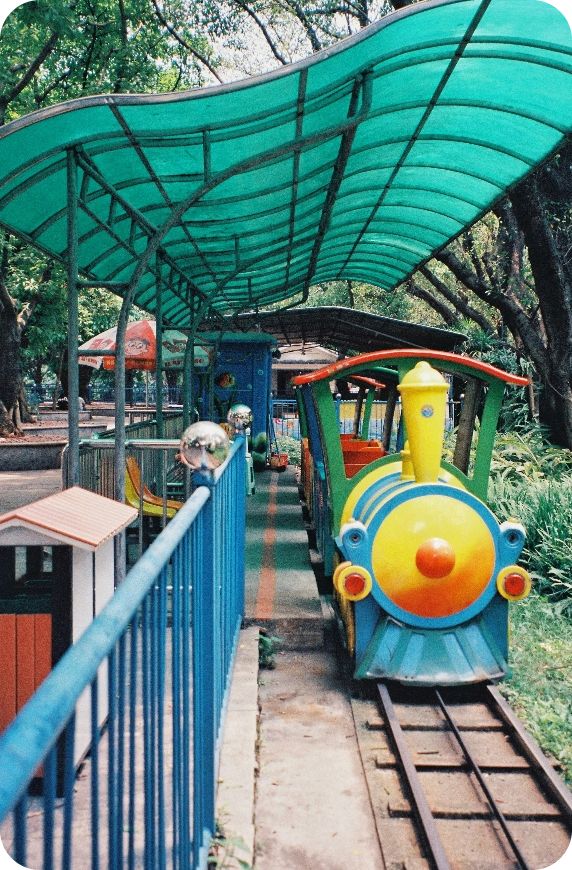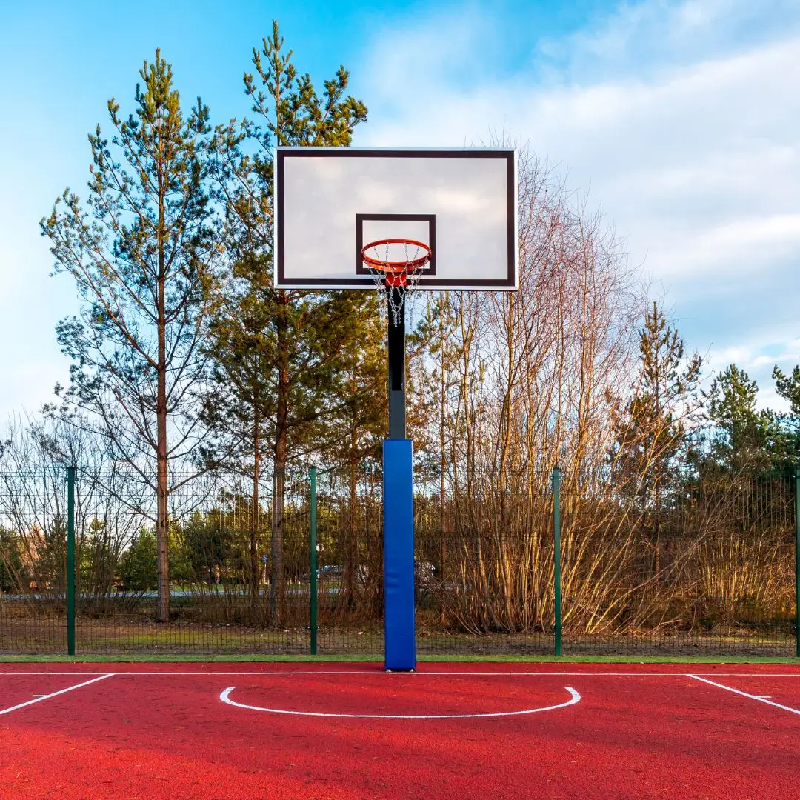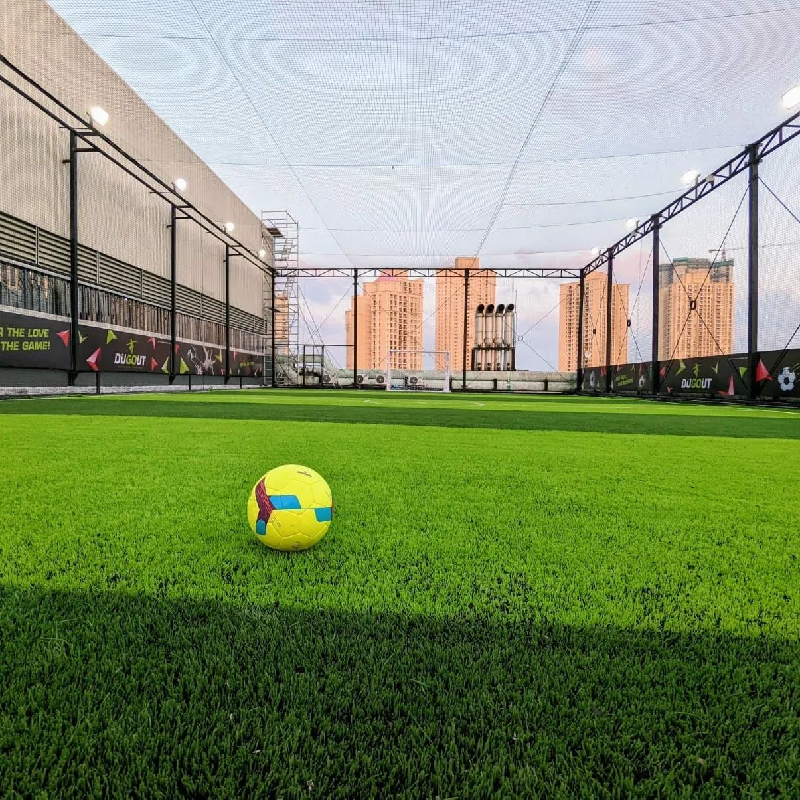Consulting for Every Business
- Home
- Lawn Tennis Court
Lawn Tennis Court
Lawn tennis is a racket sport in which two players or teams compete to hit a ball over the net. The objective is to prevent the ball from landing on one’s side of the court, which can be played for both competitive and enjoyable purposes. A lawn tennis court is a rectangular playing area used for lawn tennis. It is divided into two halves by a net, each further divided into two singles or four double courts. Lawn tennis courts are typically found outdoors and are often made of grass, clay, or hard court surfaces.
- Dimensions: Lawn tennis courts adhere to specific dimensions, including length, width, and net height, as outlined by governing bodies like the International Tennis Federation (ITF).
- Surfacing: Lawn tennis courts can be made of various surfaces, such as grass, clay, hard court, or synthetic materials, each with its characteristics and playing properties.
- Net and Posts: The court features a net suspended between two posts at a specified height. The net is typically made of nylon or synthetic materials.
- Line Markings: A net divides the court into two halves, with each half further divided into two singles courts or four doubles courts.
- Additional Features: Some lawn tennis courts may include features such as windbreaks, lighting, or spectator sea
Step 1: Choose a location with enough space for the court and surrounding areas, ensuring the ground is level and free of obstacles.
Step 2: Prepare the ground by removing weeds and adding a layer of topsoil for the grass court or install a layer of crushed stone or concrete for the hard court.
Step 3: Install the chosen court surface material and roll the surface to ensure it is smooth and even.
Step 4: Install the net and posts at the specified height and tension.
Step 5: Install additional features, such as a windbreak, lighting, or seating areas.
- Adequate space to accommodate a court that is at least 23.77 meters long and 10.97 meters wide for singles, and 36.58 meters llong and 23.77 meters wide for doubles.
- The net should be made of a durable material, such as nylon or synthetic fibers. The posts should be sturdy and able to withstand the tension of the net.
- Service, boundary and court line markings to comply with the officially acclaimed ones.
- A firm and level ground to provide a safe and consistent playing surface.
- A viable budget plan for the project, considering costs for materials, labor, equipment, and any additional features.
- Net Posts: The net posts should be sturdy and firmly anchored to the ground. They should be placed at a distance of 0.914 meters (3 feet) from the sidelines.
- Windbreaks: If the court is located in a windy area, consider installing windbreaks to minimize the impact of wind on the game.
- Drainage: Proper drainage is essential to prevent waterlogging and ensure a safe and playable surface.
- Maintenance: Regular maintenance is necessary to keep the court in good condition. This includes mowing the grass, leveling the surface, and repairing any damage.
- Surrounding Area: The area around the court should be clear of obstructions and provide enough space for players and spectators.
Our trusted Clients Feedback

Meet William & Michael

Meet Dewayne E. Morton
Related Products
Volleyball Court
Volleyball is a team sport where two teams compete to hit the ball over the net and onto the opponent’s court. The objective is to prevent the ball from touching the ground on your side of the court. The game is played by serving the ball over the net and then hitting it back and forth between the teams until one team commits a fault. A volleyball court is a rectangular playing area used for volleyball. It is divided into two halves by a net, each further divided into six player zones. Volleyball courts are typically found in schools, gyms, and outdoor recreational areas.
Badminton Court
Badminton is a racket, fast-paced sport where players hit a shuttlecock back and forth over the net. The game aims to prevent the shuttlecock from landing on your side of the court. A badminton court is a rectangular playing area used for badminton. It is divided into two halves by a net, each further divided into two singles or four double courts. Badminton courts can be found indoors or outdoors and are often used in schools, community centers, and private homes.
Basketball Court
Basketball is a popular sport where two teams compete to score points by shooting the ball through a hoop. The game involves passing, dribbling, shooting, and rebounding. A basketball court is a rectangular playing area used for the sport. It is divided into two halves by a center line, with a basket at each end of the court. These courts can be found in schools, gyms, parks, and outdoor recreational areas.
Futsal Court
In Futsal matches, the players aim to score goals by kicking the ball into the opposing team’s net. A futsal ground is a smaller version of a soccer field specifically designed for indoor or outdoor play. It features a hard surface, typically made of concrete or synthetic flooring, and is marked with lines similar to a soccer field. Futsal is known for its quick passing, dribbling, shooting, and physical intensity. The smaller size of the futsal court and the use of a smaller ball make the game faster and more dynamic than traditional soccer.







